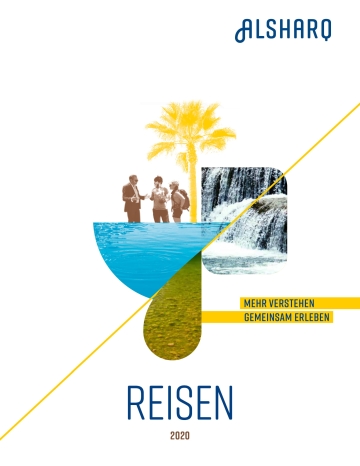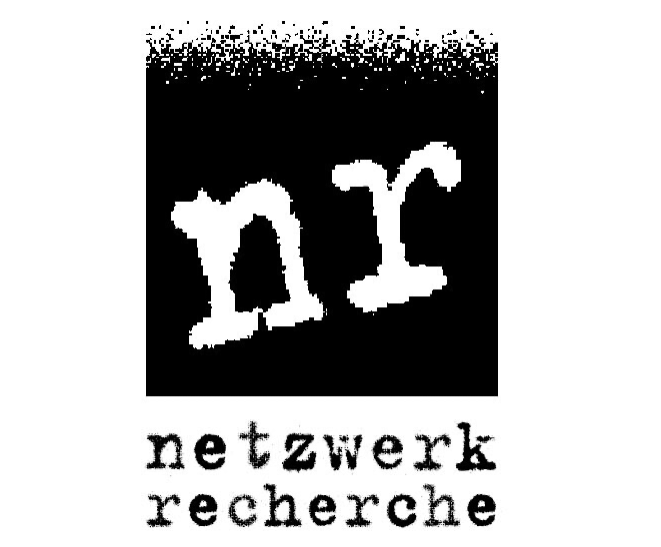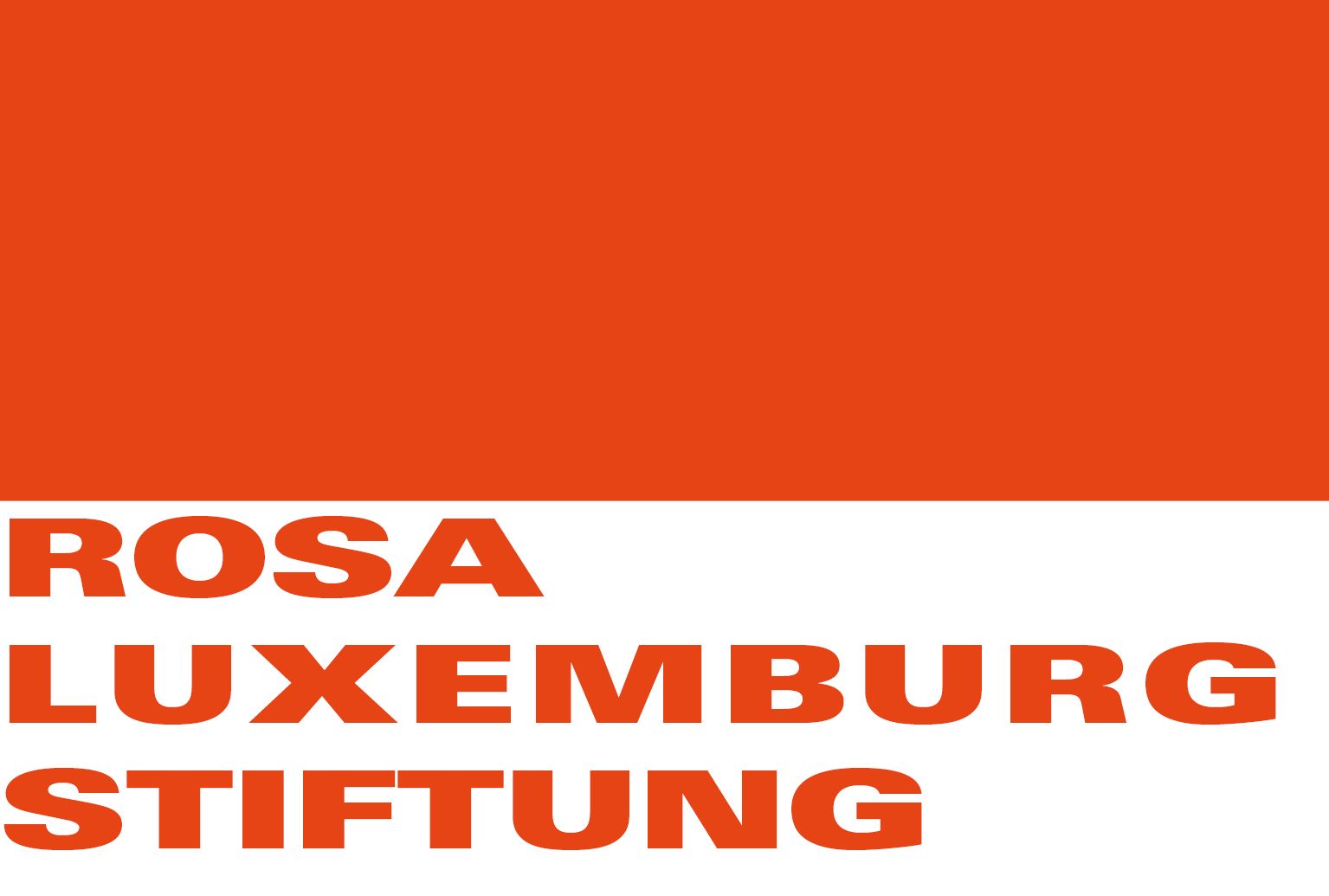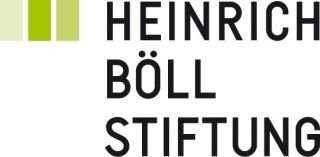People supporting illegalized migrants at the European Union’s external borders “give” solidarity. But what do they receive in return? Based on personal experience in Bosnia, this essays reflects the “giving and taking” at the EU's external borders.
“Thank you very much for helping people” - with these words, an elderly Bosnian pays for the snack meal of me and my colleague. I suppress the urge to explain that our work is not actually intended to be help and leave it at a nice small talk. I also try not to lie and claim that we are not here to work in solidarity with people on the run, but only tourists, as our organization actually demands for self-protection.
Every month, more than a dozen white people, especially from Germany, come to Bosnia for a few weeks to help people on the move. That is, to distribute wood, clothing or food. Of course, the local people know what we are doing. After more than half a decade of “crisis”, activists and volunteers are as much a part of the border as border guards and illegalized migrants.
The lunch break reads almost like a theater scene in my mind's eye: starring white people who help, alongside a mostly friendly local population who gratefully pay for my Ćevapčići, and of course people on the move. Each of the groups has its own function in this - they all give and take something at the border. They play their roles in mutual complementarity and dependence.
The scene described is a microcosm of what I will describe as border economy. On a small scale, recognition is exchanged for Ćevapčići, relief goods are transformed into the good feeling of helping. On a large scale, two goods in particular are negotiated: Mobility and solidarity.
The dividing power of borders
The journey from inside “Fortress Europe” was unexpectedly relaxed: From Munich, a bus goes directly to the Bosnian border town. Apart from a short check, the journey hardly differs from a trip from Freiburg to Berlin. The border has de facto hardly any material significance for me; I can cross it at any time.
However, the meaning attributed to it is like an overarching scheme according to which everything around it is ordered. The border separates between Europe and non-Europe, between “us” and “them”, between the place where I normally live and the place where I show solidarity. As I heard more often from other volunteers, I had arrived, there where you can “finally do something”.
The border becomes a space for practical solidarity. It differentiates between spaces of crisis, where solidarity is needed, and those from which solidarity is provided. This separation justifies that people travel to be “in solidarity”. Whether voluntourists, political activists or people whose wage labor is solidarity work, they all need a stage, a place of crisis, to realize their solidarity. Where and what the crisis is, is usually not decided by those affected, but determined by the economy of the border.
This often binary distinction between arriving helpers and migrants traveling in the opposite direction ignores societies in the border area. Bosnians are in a complex position: the collective memory of genocide against Bosnian Muslims and the flight of many to the EU are present in society. Transit migration creates a new role as host community for people who, for the most part, do not want to stay in Bosnia. In the media, but also in the public relations work of non-governmental organizations, the impact of the border economy on local populations is often completely ignored or transfigured by racist narratives about “the Balkan”.
The economy of the border
The problem with a purely geopolitical view of the border is that it suggests an oversimplified image of a line on the map. Terms like “Fortress Europe” are important to draw attention to the militarization of the border. This is, by the way, a term originally used by the National Socialists. Later in the 1990s it was also used by proponents of neoliberalism to describe the enemy image of unfree global markets; today it is being appropriated by right-wing groups.
However, apart from the use of this term, it is unrealistic to consider the border as a purely physical wall. It is not a hurdle that can simply be dismantled, just as identity categories formed along the borderspace cannot simply be deconstructed. Critical reflection on the notion of the European “us” and the non-European “other” is essential. But as long as European taxpayers' money pays for the weapons and border guards that keep “the others” out, reflection is not enough.
The European external border is fundamental to a political economy of the EU on two levels. First, it forms the border between the European Economic Area (EEA) and what is often referred to as the global south or periphery. This economic area is characterized by a high mobility of people, goods, capital and services.
At the EU's external border, this general freedom of movement ends. Agricultural goods subsidized by the EU are generally allowed for export, just as people with EU passports enjoy a generally high degree of mobility outside the EU. However, entry into the EU is more difficult, both for goods and people. In this dimension, the border is a place where global trade is organized: It separates and selectively restricts.
The thus shaped global political economy generates inequality, which is closely linked to legalized and illegalized migration at the borders. European prosperity is based, among other things, on neocolonial structures in which cheap labor abroad enables mass consumption within the Union. The dream of an EU paradise, for which so many try to cross the border, is therefore rooted in the separation of internal and external markets.
Who or what makes it across the border?
The unequal treatment of people crossing the border is reaching a wider audience in the discussions surrounding flight from Ukraine. Poland allowed people with Ukrainian passports to enter the country while building a border wall as part of the EU's isolationist policy. Refugees from Ukraine without Ukrainian passports partially experienced extreme difficulties in leaving the country and while further travelling to Germany. But Ukrainians affected by conscription are also prevented from leaving the country. Here, a fundamental function of borders comes to light: they determine (im)mobility according to their inherent principles.
As a symbol of nation-state affiliation, the passport allows some to cross borders legally. This freedom to travel is based on diplomatic relations between countries and their respective power to negotiate visa agreements. Capital is another factor that enables mobility. Some EU countries offered passports, and thus access to the Schengen area, in exchange for six- to seven-figure investments until scandals temporarily halted the practice in the summer of 2021.
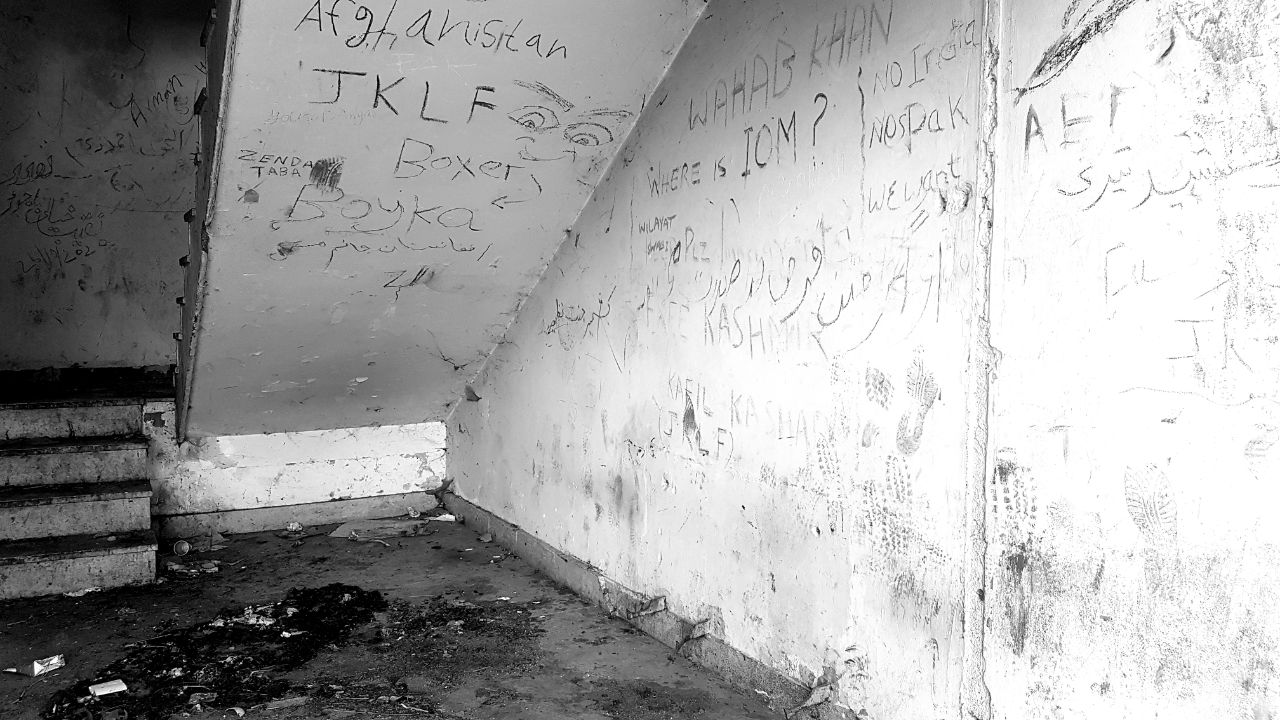
Capital also plays a role in illegalized migration. Many simply cannot afford the costs of smugglers or the purchase of new cell phones and clothing, which are regularly destroyed by the border police. In addition to financial capital, cultural capital is important here: internationally performing artists, for example, enjoy greater mobility than other non-EU citizens despite having little financial capital.
As is well known, skin color is another factor: Those who travel within the EU without a visa, for example, constantly run the risk of being “pushed back”, which means forcibly taken out of the EU. Non-white illegalized migrants regularly report that they are arrested when visiting supermarkets and transported back across the border, sometimes because local residents call the police. Thus, the risk of experiencing repression often increases with greater visibility of one’s disparity from the white norm.
Not only the mobility of people, but also the mobility of goods is selective along the border. Not all people are prevented from crossing borders, and not all goods are equally affected by taxes or import bans. Global trade agreements regulate which goods may be imported and exported from certain countries. The mobility of people, goods and capital is unevenly distributed, favoring the economies and labor markets of rich countries and often making sustainable economic growth impossible for exploited countries. The border must therefore be understood in the context of global capitalism and the (im)mobility of workers.
According to Marxist analysis, workers put their labor time into the goods they produce. The mobility of goods across the border becomes the “mobility” of the labor of those who often cannot cross the border by themselves. In other words, a worker who harvests cotton may not be able to travel to the EU, yet there her labor is sold as a produced T-shirt. The commodity, like cotton or later clothing, travels around the world.
This gap between mobility of goods and immobility of many workers into the German and EU-economy is a relatively new development. During the Fordist production in the postwar years, so-called guest workers were recruited to Germany, especially from the Mediterranean region. With the oil crisis, all these agreements were terminated and the world economic system changed to post-Fordist, neoliberal production. In the following decades, the mobility of workers continued to decrease, while their labor continued to circulate in the form of commodities.
Positionings along the border
The personal experience of borders is very much shaped by where one is situated within the described matrix of nationality, capital, skin color, and other categories. For the white German middle class, for example, the border is characterized by vacations, queues, and passport controls. The border creates a collective experience for different groups. For migrants, who are criminalized by the EU and beaten up by the Croatian border police, the EU's external border has a very different meaning. The border not only creates differences between social groups, but also establishes material realities in which everyday life and the way the world is understood differ fundamentally.
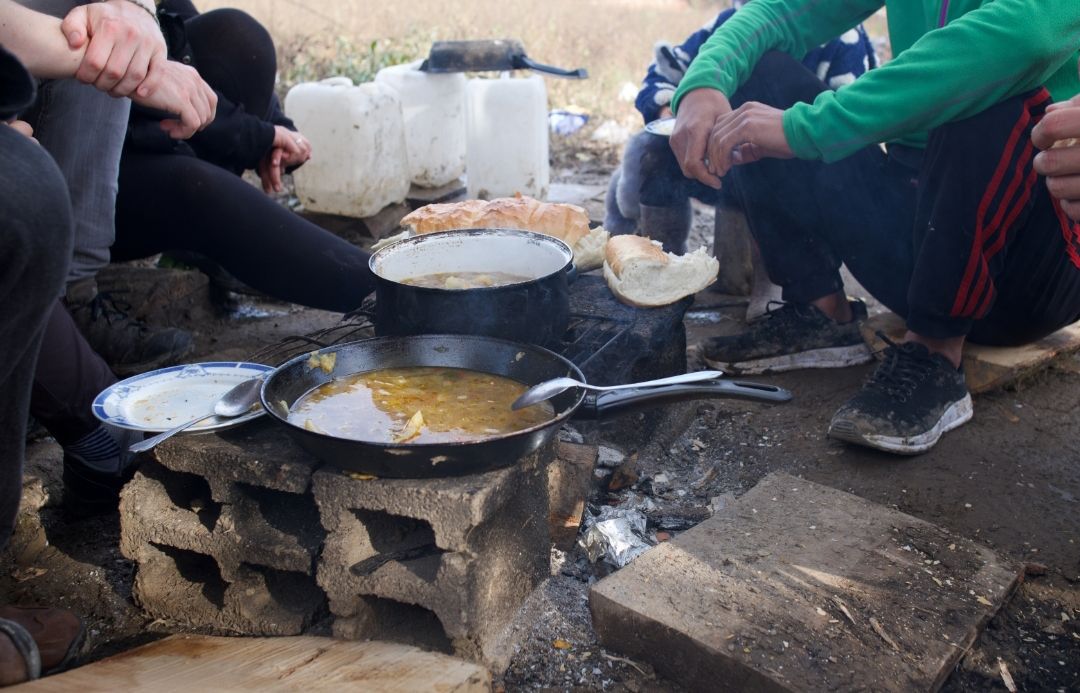
The material difference cannot be deconstructed simply through self-reflection or sensitivity to racist narratives. Critical reflection does not change the fact that one can board a bus at any time and enter the EU within half an hour, while refugees are still stuck in Bosnia after years and dozens of attempted border crossings. No matter how much public relations Sea Watch, Seebrücke or any other of the numerous organizations do, in the end the border remains for most Germans rather a mere crossing point than an impenetrable wall.
As angry as the activists may be about the Croatian border police and Frontex: in terms of their social position at the border they have more in common with the border police than with illegalized migrants. People who see themselves in solidarity with refugees often run the risk of rejecting the border as such, without realizing that their entire existence is effectively based on it. This applies to their mobility, which enables them to travel to the border region, as well as to the funding of their voluntary work.
The criminalization of migration is a catalyst of inequality along the border and exposes illegalized migrants to additional insecurities and threats. Access to medical care, food, and shelter is not easily provided by a welfare state in Bosnia, but is often precarious to non-existent, or tied to international organizations with questionable goals. The EU's humanitarian programs force refugees into camps farther from the border and any potential new border crossing.
The fact that “humanitarian” funds are simultaneously used to finance food for illegalized migrants and to arm the local police is apparently not contradictory, nor is the cooperation of the International Organization for Migration (IOM) with the police in clearing self-organized camps. Refugees are made dependent on these aid programs, which are aligned with the interests of EU states. They become an object of these interests, be it security aspects or humanitarian considerations.
Solidarity work as cultural capital
Solidarity always exists within the economic and political relationships described above. As Yassin al-Haj Saleh argues, solidarity functions like a market between those who receive solidarity and those who give it. In solidarity work at the border, another layer is added: such stays abroad offer white Germans in particular a set of experiences that later turns into cultural capital, especially in the context of the liberal left. Whether in a CV or in dating: In a society in which humanitarian helpers are celebrated, solidarity with refugees becomes “attractive”. At the same time, the people receiving the solidarity are no longer in the spotlight and are possibly deported or imprisoned.
For aid organizations, collective solidarity becomes strategic capital for fundraising. The visibility of this solidarity is the basis for their own funding. Thus, the portrayal of illegalized migrants as victims vis-à-vis white rescuers remains a core motif of fundraising. Even in explicitly leftist and activist contexts, it is hard to find organizations that actively portray how they benefit from this systematized violence and oppression. Aid organizations rarely compromise the basis of their fundraising and individuals may prefer a career in the humanitarian industry. Solidarity remains a market with little room for active reflection on one's position.
Solidarity back home
For many volunteers, direct solidarity ends with the journey back home. The border draws a line between their experience as a supporter and their life in Germany, somehow detached from it. For many, this moment is personally stressful, since one is “helpless” here, seemingly unable to do anything. Part of the economy of solidarity is lost: time and relief supplies can no longer be exchanged for smiles, gratitude and a good feeling. One's own place of residence, the “here” where the border is politically legitimized and financed, is for many a place of inactivity.
In this context, however, the approach of a border economy has something hopeful to it: if the border is understood as created and legitimized within Germany and the EU, then various possibilities of political-solidary practice from within the EU arise. A self-critical look at one's own entanglements in the border economy, at one's own role in this “game”, becomes possible. Without having to travel to Bosnia to do so.
But also in the current critique of the broad public solidarization with Ukraine, border economy’s perspective can contribute to the debate. Solidarity can be based on explicit racism, such as a CBS reporter who argued Ukrainians, in contrast to other refugees, were civilized. The discourse negotiating Ukraine's belonging as white, non-white, Christian, Jewish, oppressor or oppressed does not happen in a vacuum, but is part of the described negotiation of solidarity and identity along diverse borders and perspectives.
The fact that refugees are allowed to travel to Berlin with the German railroad is of course good. But when simultaneously the transportation of refugees from other countries is criminalized with penalties of up to five years, questions must arise.




